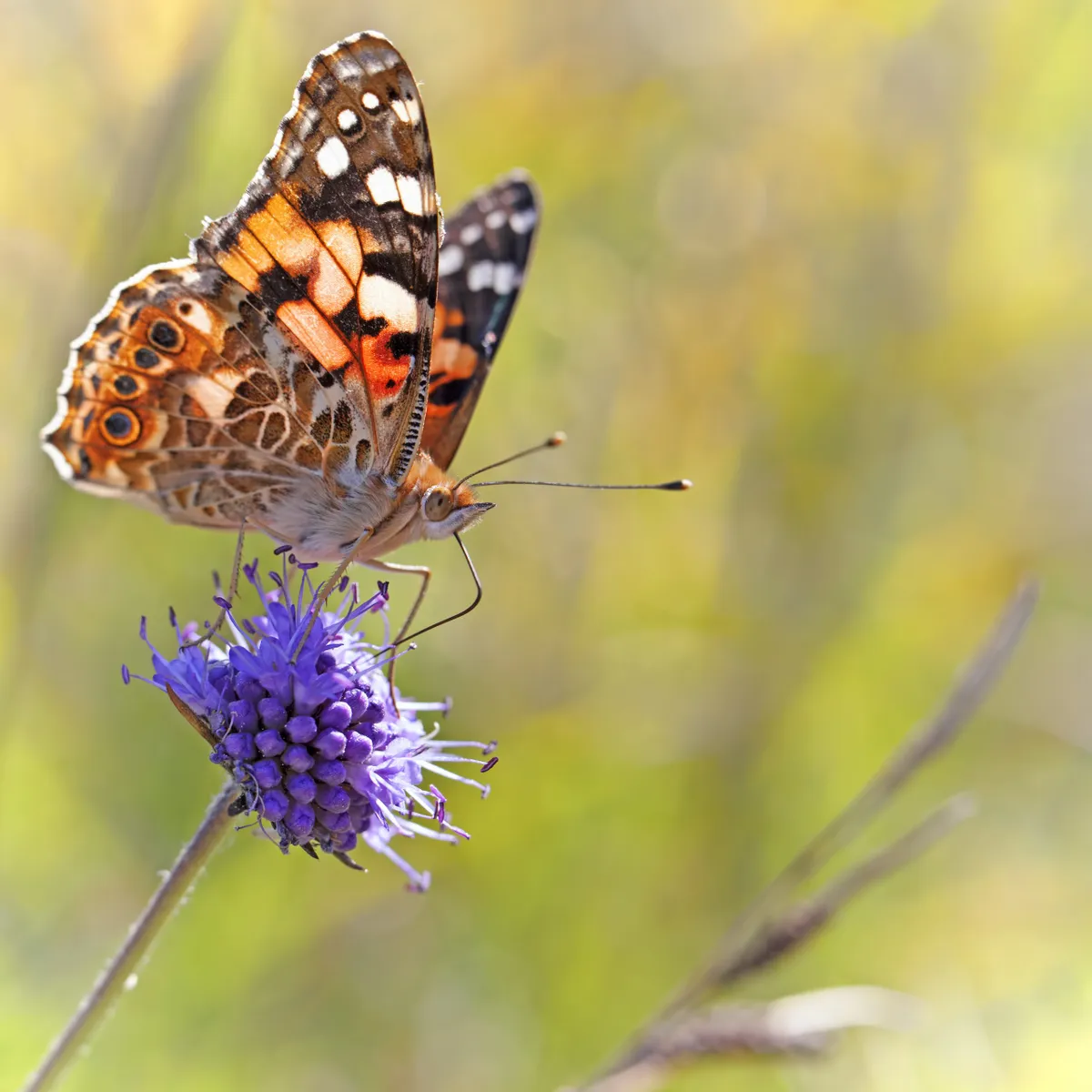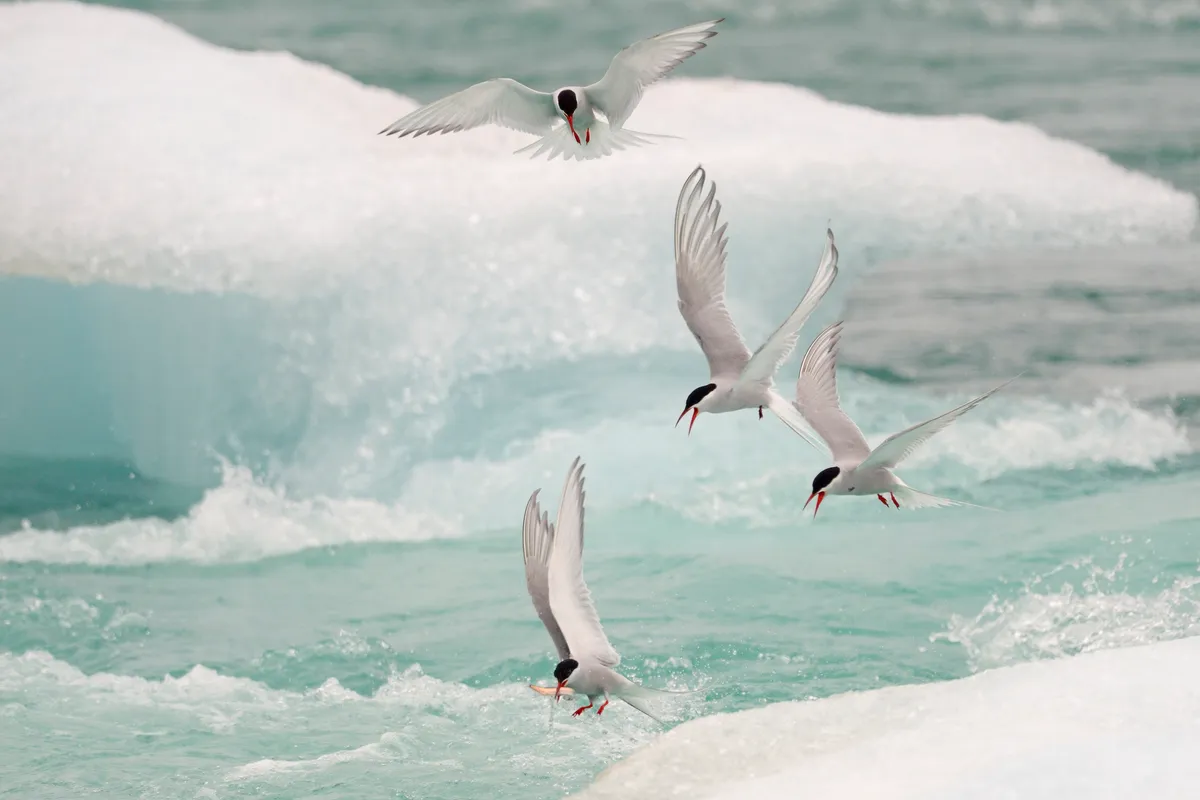Switch off your sat nav. Rip up your map. Some animals have an extraordinary ability to find their way around that exceeds these mundane accessories. From the long haul flights of homing pigeons to the precision trips of tiny nematode worms, here are some of the animal kingdom’s finest navigators.
Best animal navigators in the world
Homing pigeons

During World War I, a plucky little pigeon called Cher Ami flew 40 kilometres through intense German fire to deliver a critical message to American forces. His ability to fly with accuracy and speed saved the lives of 194 US soldiers, and later earned him the French Croix de Guerre medal. Domestic homing pigeons, like Cher Ami, are famed for their acute sense of direction and uncanny ability to find their way home, sometimes over distances of more than 10,000 kilometres.
- Where did feral pigeons come from?
- War animals: From elephants and dolphins to horses and dogs we remember the brave animals thrown into conflicts around the world
How they do this is debated, but it’s clear that they use multiple strategies. On a sunny day, homing pigeons use the position of the sun, relative to its position in the sky, to help gauge their bearings. If it’s cloudy, they use the earth’s magnetic field, which they are able to detect via specialised cells, most likely in their eyes or ears.
When they find themselves in familiar territory, they look out for and follow key landmarks, such as roads and rivers. This indicates that the birds have not just an internal compass, but an internal ‘map’ of their journey. Smell may also play a role in navigation, as may the low-frequency ultrasounds generated by waves and weather.
Painted lady butterfly

Every year, the painted lady butterfly makes a 14,000km round trip from tropical Africa to Europe and back. The insects reach speeds of around 50km per hour and fly at heights of over 500m. This is a multi-generational migration, meaning that no individual completes the trip. Instead, it is made by up to six successive generations, like a relay race.
Arctic tern

The Arctic tern has the longest migration of any animal on Earth. These small seabirds travel up to 95,000km each year as they travel between Arctic and sub-Arctic regions, where they breed, and the Antarctic, where they spend the winter. Individuals can live for up to 30 years, during which they fly the equivalent of nearly four round trips to the moon.
- What's the world’s longest bird migration?
- The Arctic animals that not only survive, but also thrive, in this inhospitable freezing landscape
- 10 amazing Antarctic animals – including one with antifreeze blood and another with razor-sharp teeth to bite air holes in the ice
Nematode worms

Parasitic nematode worms that live in the soil may not travel far, but they do have an excellent sense of direction which they use to locate their animal hosts, including insect larvae and other worms. The parasites detect cues made by the host, such as vibrations and exhaled carbon dioxide, and then head towards them with pinpoint accuracy. This may be no epic migration, but it’s life and death to the worms.
- The deadliest parasites in the world: terrifying creatures you will want to avoid
- What's the biggest parasite in the world? Don't worry it's not as gruesome as you might think...
Bogong moth

The Australian Bogong moth uses the stars of the Milky Way to find its way across the country during its annual migration. Every spring, billions of moths escape the blistering heat of southeast Australia and fly around 1,000km to the cool caves of the Australian Alps, where they lie dormant until the autumn. This is the only invertebrate known to use the stars for long-distance travel.
Pero the sheepdog

In April 2016, this four-year-old working sheepdog walked 385km from Cockermouth in Cumbria to his previous home, near Aberystwyth in Wales. On his own. No one’s sure exactly how he did it, but scientists have found that dogs have a molecule related to magnetoreception – the ability to detect the Earth’s magnetic field – in their eyes. So, he may have used his compass!
Desert ants

There are few physical landmarks in the Tunisian salt pans, a barren landscape in the country’s southwest. Yet, the desert ants which live there, nimbly find their way around. They use scent-related cues and odour plumes – clouds of scent dispersed by the wind – to navigate their way to food sources and back to their nests, creating an olfactory map of their local environment.
Spiny lobsters

Spiny lobsters excel at finding their way around in the dark waters where they forage at night, and in migrating tens of kilometres, conga-style, and then finding their way back. Sensitive hairs on their long antennae are used to detect chemical subtleties, which vary in different parts of the ocean, and the crustaceans can also sense the Earth’s magnetic field.
Greater mouse-eared bats

Like many animals, bats use the Earth’s magnetic field to aid navigation, but the European greater mouse-eared bat has another trick up its sleeve. The mammals can also detect the scattering or ‘polarization’ of sunlight at dusk, and use this to help calibrate their internal magnetic compass before they set off into the night sky.
Black cab drivers

Yes, they’re animals. We all are. When they learn ‘the Knowledge’ London’s black cab drivers reshape their brain, boosting the size of the structure that deals with spatial memory, known as the hippocampus. This helps them to navigate from the Albert Memorial to London Zoo, without so much as a sat nav in sight.
Discover more amazing wildlife from around the world
- Researchers discover 'ghost' hiding in Australian caves. Here's what's going on
- There's a bird in Africa that kills nestlings and then throws them out of trees – and researchers have no idea why
- India's deadliest snakes to become even more dangerous, new study suggests
- Researchers deploy 120 robots in Everglades National Park. Their mission is to help catch 20ft snakes
- 1.1-million-year-old mammoth discovered in Siberian wilderness. What scientists find in its DNA has got them excited





